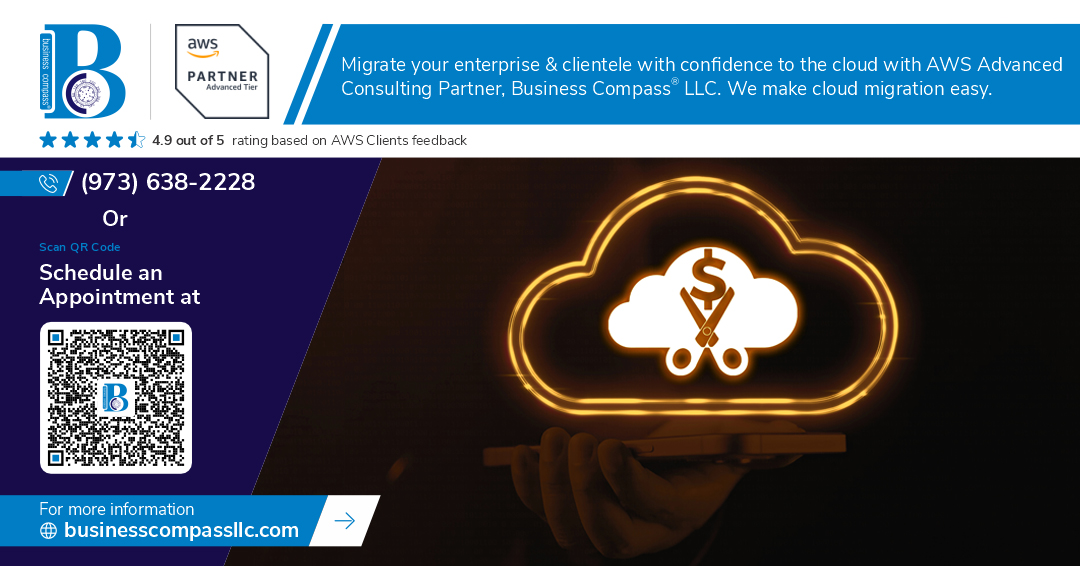Ever spent hours setting up file storage only to discover it can’t handle your workload? Yeah, that feeling of dread is universal among IT pros.
When it comes to Amazon FSx for OpenZFS deployment types, choosing between Single-AZ and Multi-AZ isn’t just a checkbox decision—it’s the difference between smooth operations and late-night emergency fixes.
In this guide, we’ll walk through how to select the right Amazon FSx for OpenZFS deployment type that perfectly aligns with your performance requirements, availability needs, and budget constraints.
You might think this is just another technical decision, but wait until you see how the wrong choice could be silently sabotaging your application performance while the right one could cut your storage costs in half.
Understanding Amazon FSx for OpenZFS Fundamentals
Key features and benefits of Amazon FSx for OpenZFS
Amazon FSx for OpenZFS crushes traditional storage solutions with lightning-fast performance and crazy scalability. You’ll love the built-in data compression, snapshots, and encryption that just work out of the box. Plus, it integrates perfectly with AWS services, making your life way easier when managing workloads that need serious file storage muscle.
How OpenZFS differs from other file systems
Performance characteristics and use cases
Single-AZ Deployment Type: Performance and Cost Benefits
Architecture overview and technical specifications
Single-AZ deployment runs your file system in one Availability Zone with automatic backups. You get SSD storage options from 64 GB to 524 TB, throughput capacity from 64 to 12,800 MB/s, and up to 1 million IOPS. It’s perfect when cost matters more than cross-AZ redundancy.
Ideal workload scenarios for Single-AZ deployment
Single-AZ shines for development environments, data processing workloads, and applications with built-in replication. It’s great for HPC, ML training, and content management systems where you need performance without multi-AZ costs. Your apps already handling availability? This is your pick.
Cost optimization strategies
Cut costs by right-sizing your storage capacity from the start. Enable data compression, schedule automatic backups during off-hours, and use lifecycle management to move rarely accessed data to cheaper tiers. Monitor utilization through CloudWatch to avoid overprovisioning capacity you don’t need.
Recovery options and considerations
Despite being single-AZ, you’re not defenseless against failures. Daily automatic backups give you point-in-time recovery options. For faster recovery, create manual backups before major changes. Set up CloudWatch alarms to detect issues early, and consider maintaining a standby file system for critical workloads.
Multi-AZ Deployment Type: Enhanced Availability and Redundancy
A. Architecture overview and failover mechanisms
Multi-AZ deployments in Amazon FSx for OpenZFS span two Availability Zones, with a primary file system in one AZ and a standby in another. When issues arise, automatic failover kicks in within minutes, redirecting traffic to the standby system while maintaining the same endpoint. This seamless transition protects your workloads from AZ-level failures.
Workload Assessment: Matching Deployment Types to Requirements
Workload Assessment: Matching Deployment Types to Requirements
A. Performance requirement analysis
Ever try running a high-throughput application on underpowered storage? Spoiler: it doesn’t end well. Before choosing between Single-AZ or Multi-AZ for Amazon FSx for OpenZFS, analyze your IOPS, throughput, and latency requirements. Your apps will thank you.
Migration and Implementation Strategies
Migration and Implementation Strategies
A. Transitioning from on-premises ZFS to Amazon FSx
Moving from on-premises ZFS to Amazon FSx doesn’t have to be a nightmare. Trust me, I’ve seen teams do it in days, not months. The secret? Start with a thorough inventory of your datasets, then use AWS DataSync or standard ZFS send/receive commands to transfer your data while maintaining snapshots and permissions.
B. Data migration best practices
Look, data migration can go sideways fast if you’re not careful. Plan your network bandwidth requirements ahead of time. Test with a subset of data first. Use compression during transfer to save time. And please, document your file system settings before you start – you’ll thank yourself later when configuring your FSx environment.
C. Performance testing methodology
Testing performance isn’t just running a benchmark once and calling it a day. Create a testing plan that mimics your actual workload patterns. Measure throughput, IOPS, and latency under various conditions. Compare results between peak and off-peak hours. And don’t forget to test your backup and recovery processes – they’ll impact performance too.
D. Monitoring and optimization techniques
CloudWatch metrics are your new best friend. Set up dashboards tracking throughput, IOPS, storage capacity, and burst credit balance. Create alarms for when you’re approaching limits. The real pros regularly review performance data and adjust their file system configuration based on actual usage patterns, not just theoretical needs.
Real-World Deployment Scenarios and Case Studies
Real-World Deployment Scenarios and Case Studies
A. Media and entertainment workloads
VFX studios don’t mess around with storage. When rendering the next blockbuster, they need blazing-fast access to massive file libraries. Multi-AZ deployments keep production running even when hardware fails, while Single-AZ setups work great for non-critical render farms where performance trumps absolute reliability.
Selecting the appropriate Amazon FSx for OpenZFS deployment type is crucial for optimizing both performance and reliability for your specific workload needs. As we’ve explored, Single-AZ deployments offer excellent performance and cost advantages for many applications, while Multi-AZ configurations provide the enhanced availability and redundancy critical for mission-critical workloads. The key is conducting a thorough assessment of your specific requirements around availability, performance, and budget constraints.
Remember that successful implementation depends on careful planning and potentially adopting a phased migration approach. The real-world scenarios we’ve discussed demonstrate that organizations across various industries have successfully leveraged both deployment types to address their unique storage challenges. Whether you’re running high-performance computing workloads, supporting critical business applications, or managing media processing pipelines, Amazon FSx for OpenZFS offers a deployment option tailored to your needs.




















